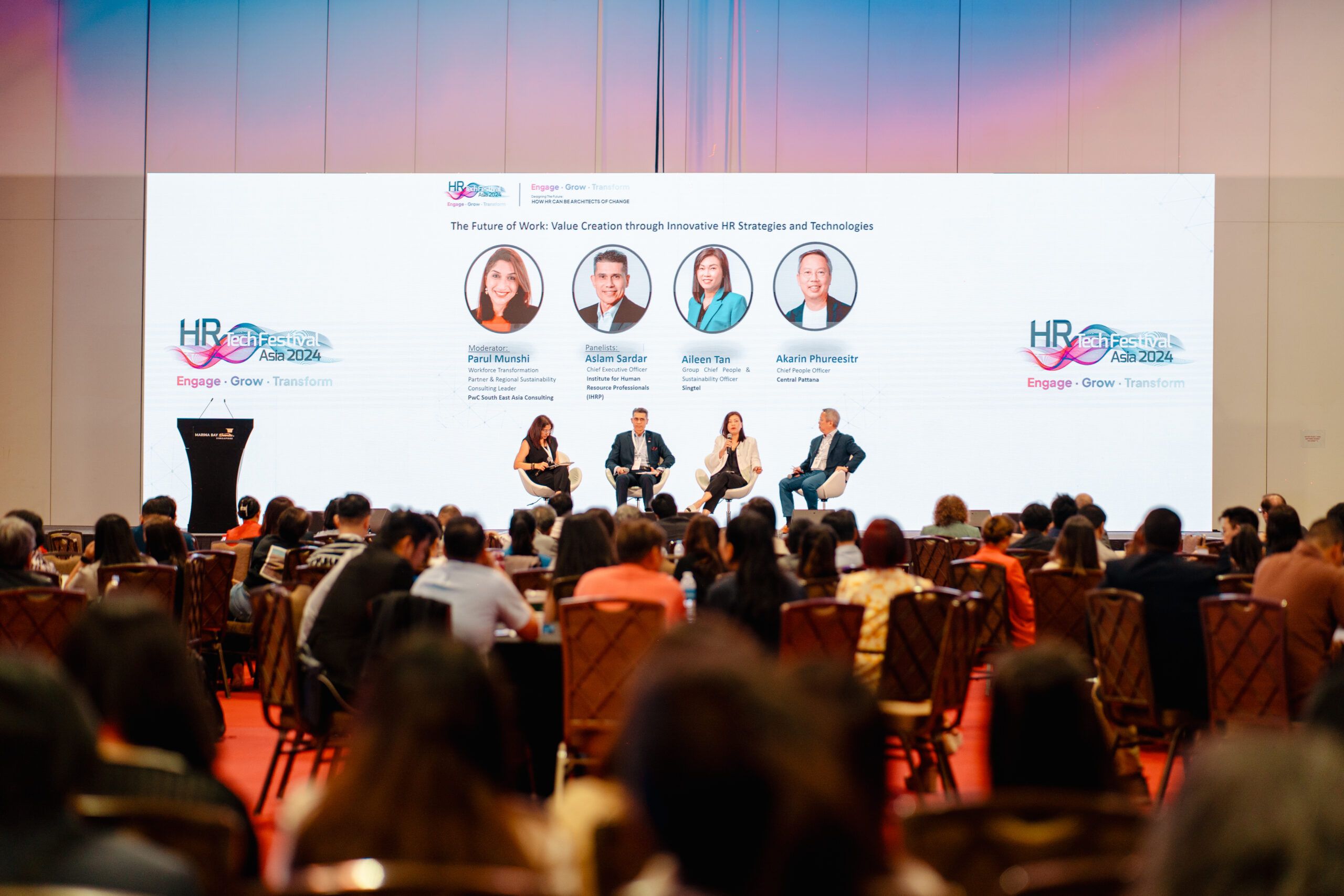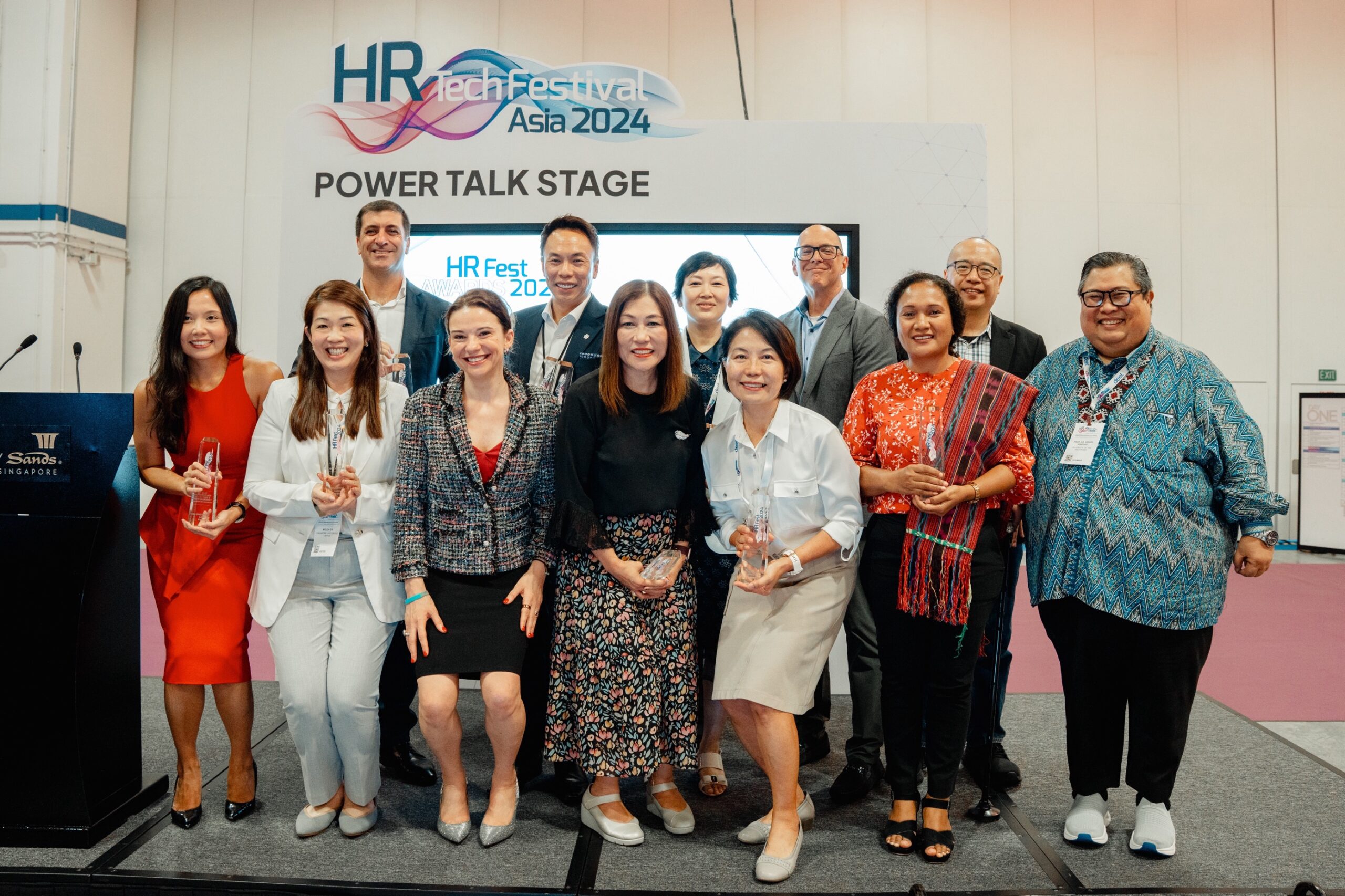South Korea’s ageing workforce filling labour shortage gap

South Korea’s ageing population and low birth rate have led to a shrinking workforce, posing a challenge for economic growth. However, a recent survey by government agency Statistics Korea revealed a potential solution—the untapped potential of older employees.
The survey revealed that 60% of South Koreans aged 55 to 79 are currently employed, representing over 9.3 million individuals. This marks the highest labour force participation rate among this age group since data collection began in 2005.
The older labour participation has increased by approximately 60% since 2013 and is projected to surpass 10 million by 2024. This surge is primarily attributed to baby boomers, those born between 1955 and 1963, entering the older adult demographic.
Several factors contribute to the rise in economic activity among older South Koreans. Improved health and longer life expectancies allow individuals to extend their working years, while rising living costs and economic concerns are motivating older adults to remain in the workforce.
Furthermore, the survey found a growing desire among older women to participate in the workforce. In 2011, 47.8% of women in this age group expressed a willingness to work, while in 2021, that figure rose to 60.3%. For men, the corresponding proportions were 74% in 2011 and 77.3% in 2021.
READ MORE: Income struggles compelling older South Koreans to stay employed
Prof Kim Young-sun of Kyung Hee University’s Graduate School of East-West Medical Science attributed this change to shifting socio-economic realities for older women. As he noted, they now possess “different educational backgrounds, incomes, and economic and social status than in the past.”
This trend could help alleviate the country’s labour shortage as raising the birth rate is a long-term endeavour. To harness this potential, initiatives are needed to support and adapt to the older workforce’s needs, including customised support programmes and flexible work arrangements, reported The Straits Times.



